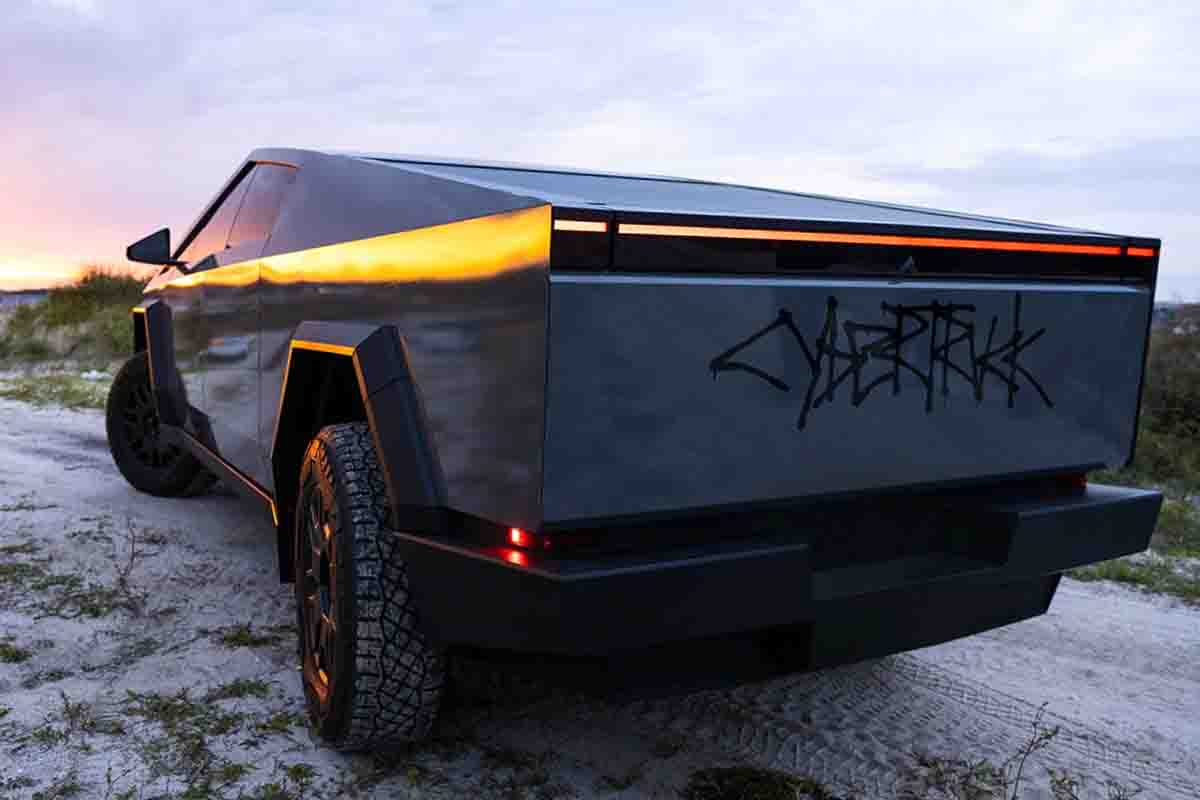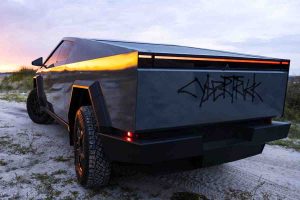Tesla’s lead engineer for the Cybertruck clarified why some owners couldn’t use the bed power outlets while charging.
On Sunday, Tesla Cybertruck Lead Engineer Wes Morrill responded to an X post asking why the vehicle’s truckbed outlets and onboard power couldn’t be used during charging. He explained that this limitation is due to the AC/DC converter’s architecture, which only applies when not Supercharging, such as when plugged in at a campsite.
Morrill explained that the Cybertruck uses the same AC/DC converter to charge the battery and provide onboard power during AC charging. He suggested that using this converter for both might be possible simultaneously, but it would require additional development.
The AC/DC converter used to take grid AC and convert it to DC to charge the HV battery is the same hardware used to generate the AC grid you use for your on board power. There are several powerstages in the AC/DC converter, so it may be possible to use one to charge at a limited…
— Wes (@wmorrill3) August 25, 2024
The Cybertruck owner’s manual states that bed power outlets might be disabled during AC charging. This can occur under specific conditions, like extremely low temperatures. Additionally, even when the vehicle isn’t actively charging, connecting an AC charging cable can deactivate the outlets.
A low battery charge may deactivate the bed power outlets. A triggered GFCI (Ground Fault Circuit Interrupter) or overcurrent detection will disable the outlets.
Reasons for Disabling Bed Power Outlets
Morrill’s explanation is consistent with Elon Musk’s encouragement for Tesla executives and employees to use X to address customer questions directly. Morrill frequently responds to user questions on X.
Last week, he helped post the Cybertruck’s Emergency Response Guide on the Tesla website after a user requested it. A few days later, Morrill shared a link to the first responder’s page. The Cybertruck Rescue Sheet provides instructions on how to disable the high-voltage battery safely. Additionally, it offers other important safety information for emergency response teams.
While the current limitations are due to the AC/DC converter’s architecture, Tesla is exploring potential solutions for future improvements. Musk continues to encourage direct engagement with customers. Meanwhile, Tesla’s engineers are actively responding to user inquiries and working to address their concerns.







